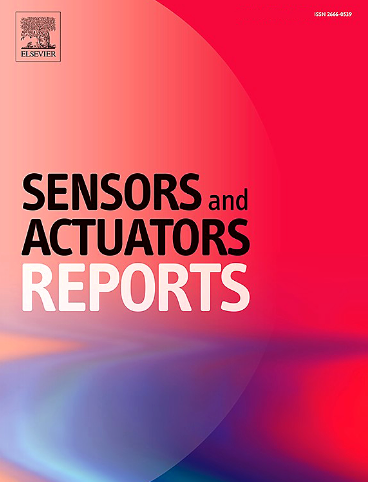A BRET-based Mpro biosensor containing a nanobody and tandem cleavage sites shows an increased cleavage rate
IF 7.6
Q1 BIOTECHNOLOGY & APPLIED MICROBIOLOGY
引用次数: 0
Abstract
Here, we report the engineering of a Bioluminescence Resonance Energy Transfer (BRET)-based SARS-CoV-2 main protease (Mpro) biosensor containing the Mpro N-terminal autocleavage sequence in tandem and a nanobody that shows an enhanced rate of Mpro-mediated proteolytic cleavage. Specifically, we designed Mpro biosensors containing 2×, 4× and 8× repeats of Mpro N-terminal autocleavage sequences and a combination of Mpro cleavage sequences containing a total of 12 cleavage sites sandwiched between mNeonGreen (mNG) and NanoLuc (NLuc). Gaussian accelerated molecular dynamics (GaMD) simulations of the predicted alpha-helical synthetic Mpro cleavage sequences revealed a dynamic nature of the cleavage sequences, which is critical for their efficient cleavage, and a relatively short end-to-end distances, which is required for high BRET. Live cell assays revealed a cleavage sequence length-dependent resonance energy transfer, except for the 12× -syn cleavage site, and an increased rate of cleavage and a decreased pharmacological inhibitor efficacy for the Mpro biosensor containing 2× cleavage sequences. Further, mutational analysis revealed a requirement for both cleavage sites to be intact for increased cleavage rate. Importantly, the inclusion of an Mpro-binding, but non-inhibiting, NB2E3 nanobody at the N-terminal further increased the cleavage rate of the 2× cleavage sequence-containing Mpro biosensor. We envisage that the NB2E3 nanobody-2× Mpro biosensor engineered here will be useful in drug discovery and functional characterization of Mpro mutants in newly emerging SARS-CoV-2 variants as well as in detecting SARS-CoV-2 infection in a point-of-care testing (POCT) format.
含有纳米体和串联切割位点的基于bret的Mpro生物传感器显示出更高的切割速率
在这里,我们报道了一种基于生物发光共振能量转移(BRET)的SARS-CoV-2主蛋白酶(Mpro)生物传感器的工程设计,该传感器包含Mpro n端自裂解序列串联和一个纳米体,该纳米体显示出Mpro介导的蛋白水解裂解速率增强。具体来说,我们设计了包含2x、4x和8x重复Mpro n端自裂序列的Mpro生物传感器,以及包含12个切割位点的mNeonGreen (mNG)和NanoLuc (NLuc)之间的Mpro切割序列组合。高斯加速分子动力学(GaMD)模拟了预测的α螺旋合成Mpro解理序列,揭示了解理序列的动态性质,这是其高效解理的关键,并且端到端距离相对较短,这是高BRET所需的。活细胞实验显示,除了12x -syn切割位点外,Mpro生物传感器的切割序列长度依赖于共振能量转移,并且含有2x切割序列的Mpro生物传感器的切割速率增加,药理学抑制剂效果降低。此外,突变分析显示,为了提高切割率,两个切割位点都需要保持完整。重要的是,在n端包含Mpro结合但非抑制的NB2E3纳米体进一步提高了含有2x切割序列的Mpro生物传感器的切割速率。我们设想,在这里设计的NB2E3纳米体- 2x Mpro生物传感器将有助于新出现的SARS-CoV-2变体中Mpro突变体的药物发现和功能表征,以及在护理点检测(POCT)格式中检测SARS-CoV-2感染。
本文章由计算机程序翻译,如有差异,请以英文原文为准。
求助全文
约1分钟内获得全文
求助全文
来源期刊

Sensors and Actuators Reports
Multiple-
CiteScore
9.60
自引率
0.00%
发文量
60
审稿时长
49 days
期刊介绍:
Sensors and Actuators Reports is a peer-reviewed open access journal launched out from the Sensors and Actuators journal family. Sensors and Actuators Reports is dedicated to publishing new and original works in the field of all type of sensors and actuators, including bio-, chemical-, physical-, and nano- sensors and actuators, which demonstrates significant progress beyond the current state of the art. The journal regularly publishes original research papers, reviews, and short communications.
For research papers and short communications, the journal aims to publish the new and original work supported by experimental results and as such purely theoretical works are not accepted.
 求助内容:
求助内容: 应助结果提醒方式:
应助结果提醒方式:


